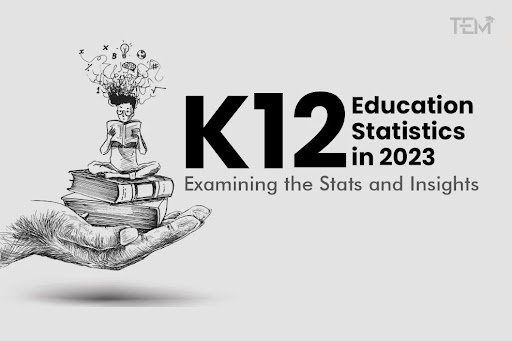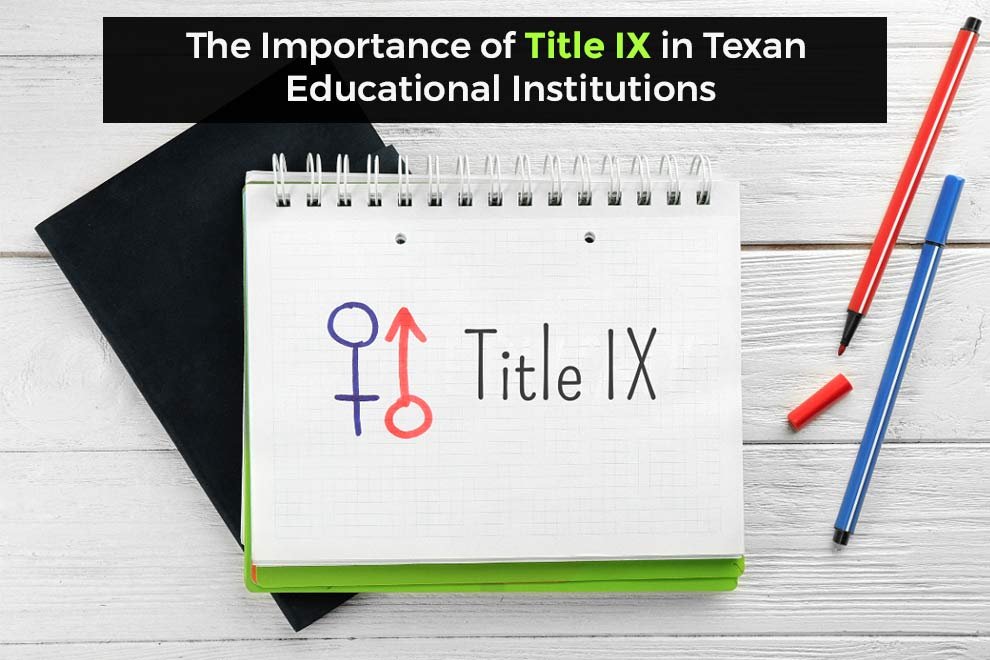By 2030, experts predict that the K12 education market will reach $94.7 billion. However, this year’s statistics offer an intriguing glimpse into the present state of K12 education. So, as we embark on this captivating journey through the realm of knowledge, let us delve into the realm of numbers and figures that unveil the triumphs and challenges of our educational system. K12 education in 2023 paints a vivid picture of the current educational landscape and holds the key to shaping the future of our students.
This article will dig into the K12 education statistics in 2023, providing insights into the current scenario and future predictions in the sector of K12 education.
Transforming Education: Unleashing the Power of Technology in K-12 Learning
Technology’s pivotal role in reshaping K12 education becomes evident through three key figures: 93%, 81%, and 58%. First, in a survey, 93% of participants admitted to engaging in online teaching before the summer of 2020, highlighting the widespread adoption of digital pedagogy. The pandemic further accelerated this trend, with 81% of US school teachers reporting a significant increase in their familiarity with educational technology and online tools. Additionally, 58% of participants expressed newfound confidence in these resources, underscoring their potential to enhance teaching and learning experiences.
The Rise of Gamification and Subscription-Based Education
According to research, K12 education is facing a significant challenge, with retention rates predicted to plummet to an unprecedented low of 2% to 3%. This trend emphasizes the urgent need to integrate gamification into educational content, as it has demonstrated a remarkable 48% increase in learning engagement. In light of these circumstances, K12 education providers who have embraced monthly subscription models and catalog programs are witnessing a remarkable surge in demand. As a result, experts project that the subscription-based content industry will be valued at around $904.2 billion by 2026. This growth demonstrates the increasing popularity of these models due to their advantages and convenience.
The Integration of AI, AR, and VR for Enhanced Learning
The swift delivery of captivating content is gradually becoming ingrained in human society. The profound impact of Reality, Augmented Reality (AR), Artificial Intelligence (AI), and Virtual Reality (VR) on a wide range of human activities is anything but ordinary. As these technologies permeate every aspect of our lives, they will also find their place within the socio-educational framework, integrating seamlessly into all aspects of K-12 education. This advancement will empower education stakeholders to employ these innovations in classrooms, making personalized or remote learning easier for every student.
A Glimpse into the Future of Education
Furthermore, as we step into 2023, we can expect more K12 students to embrace digital content instead of traditional physical textbooks. As a result, the global eBook market is predicted to scale new heights, reaching a value of $16.08 billion and exhibiting a compound annual growth rate of 3.38% from 2023 to 2027. Simultaneously, audiobooks will also experience significant growth, with projections indicating a compound annual growth rate of 24% between 2023 and 2028. The widespread availability of digital content has contributed significantly to positive advancements, thanks to its ease of access. The future of education is undoubtedly digital, and it’s happening right in front of us.
In conclusion, the K12 education statistics 2023 show a significant shift in the education landscape. Technology has played a vital role in this transformation, as online teaching and educational tools have become more popular. To address low retention rates, gamification, and subscription-based education have been implemented, while AI, AR, and VR have enhanced personalized learning. Digital content, including eBooks and audiobooks, has also become more prevalent, indicating a digital future for education. These advancements offer great potential in shaping the education of our students for years to come.
ALSO READ: K12 Education: Unleashing the Potential


